Writer Nigel Spence
Photographer Brandon Tigrett
[dropcap]W[/dropcap]hen I first met Bob Parsons, he was trudging the fairways of Whisper Rock Golf Club on a daily basis with his loyal caddie, Stone Cold, by his side. Often playing alone, Bob pursued improvement of his performance on the golf course as fiercely as any member at the club, including the 25 or so who play the game for a living.
His strive for perfection led to post-round driving range sessions that became legendary at the club. With focused single-mindedness, Parsons hit hundreds of golf balls, many of them with his driver, striving for efficiency and consistency with each backswing, each downswing, each impact and every follow-through.
If the sinking sun gave way to nightfall and he still wasn’t satisfied, he would head down to the indoor simulator he’d built in his Scottsdale Airpark office complex to hit some more balls.
He didn’t stop with just his own performance. Parsons bought the latest and greatest equipment, upgraded the shafts and took them to the course with the hope of adding distance or accuracy. More than once, he finished the round with a different set of clubs than what he brought to begin, switching at the turn or having a new set couriered to him out on the course.
Bob Parsons’ love for the game and infatuation with equipment has bordered on compulsion.
First introduced to the game by his father at the age of 12, Bob became an avid golfer in his mid-30s.
“I was having some business success and a couple of buddies and I were at about the same place in the game,” he told me recently. “We started taking Wednesday afternoons off [to play]. Then it became Wednesdays and Thursdays. Then it became Wednesdays, Thursdays, Fridays and Saturdays. Then it became Wednesdays, Thursdays, Fridays, Saturdays and Sundays. Then it became anytime we could get away, 36 holes; you name it.”
In 1994, after selling Parsons Technologies – a startup software company that he began in his basement – to Intuit for $64 million, Bob moved to Arizona with the encouragement of his ex-wife.
“She said, ‘Go West, young man,'” he said. “So I did.”
He landed at The Boulders, then joined Desert Mountain and many other golf courses in the North Scottsdale region. Parsons pursued his golf game and his new startup, GoDaddy, with equal fervor. His larger-than-life personality and business success have grown to be almost as iconic on the fairways as they are in the boardroom. People will always need hosting services, after all, be it with Adelaide servers or other options on the market.
Of course, the GoDaddy story is one of great success. But for the golf world, it is Parsons’ ventures since selling his majority share of the web hosting company in 2011 that have us most intrigued. Especially considering GoDaddy is still featured in many website hosting review sites, such as these hosting reviews for example.
In 2013, Parsons purchased The Golf Club of Scottsdale and a surrounding property. He renamed the club Scottsdale National Golf Club, redesigned a few holes on the original course and began construction of a second 18-hole course, as well as a short course on the west side of the property.
As ambitious as Parsons’ move into owning and running a golf club was, it pales in significance to his venture into the golf equipment market. With doom and gloom all around the golf equipment industry – major players such as TaylorMade are reporting record losses and Nike recently announced its removal from the golf equipment business – the man nicknamed “Darkness” saw an opportunity.
“The idea came three years ago,” he explained with his usual plain candor. “I talked to Mike Nicolette (former senior product designer at Ping) and just had the idea of producing a high-end golf club.”
And produce one, he did – and so much more. In September 2014, he started Parsons Xtreme Golf, or PXG. Ryan Moore started introducing prototypes on the PGA Tour in the beginning of 2015, and they started showing up casually in golf bags around the Valley by the middle of the same year. National presence appeared in select locations in early 2016, and expansion has been rapid.
With a larger sole, but sleek lines, the clubs are easily identifiable by their trademark black tungsten alloy weights positioned around the edges of the back of the clubs.
“You know, there is no room in this market for another company to do what Callaway, Ping, TaylorMade and all them do,” Parsons said. “There is just no room for that. To make a beachhead, you’d get beat to death. You had to do something that they weren’t doing. So my thoughts were to try and make a club that was just in a class by itself.”
The designers were charged with the responsibility of producing a sexy set of irons that look like blades; a series that would launch higher, go farther, feel softer – and have a sweet spot the size of Texas. They were given no cost or time constraints and all the room they needed to research various alloys, explore new technologies and identify unique properties that would make PXG clubs unlike anything else.
To say they succeeded is an understatement. The PXG 0311 iron has been as progressive of a golf club to hit the market in recent memory.
By using HT1770 high-strength steel, the PXG iron introduced the thinnest face of any iron on the market, allowing designers to reposition the weight of the club for forgiveness and optimal launch. A thermo plastic elastomer was then injected into the center of the iron to stabilize the face and to dampen the vibration and give the club a buttery feel when struck. The benefit? Off-center hits produce shots that are almost the same as a well-struck shot.
Simply put, the clubs are amazing.
“There is nothing even close to our irons,” Parsons said. “They are our flagship product. We also introduced a tour version of our irons, the 0311T, which are tantamount to a tour blade. I will say this; there is no other tour blade in existence or that has ever been made that compares to ours.”
Last month, PXG released a third version of their flagship product, the 0311XF, an Xtreme forgiveness iron in the game improvement category that does not compromise the company’s dedication to maintaining the irresistible look of a tour blade. But it comes at a cost, and a significant one to some critics, who see the clubs as too expensive. A PXG iron is $350 – twice that of a regular club.
While Parsons understands the criticism, he knew this going into the project.
“They are expensive because I knew it would take a long time to build, it would take very high-end materials, it would take a very sophisticated process and there would be many false starts before it was there,” he said.
But Parsons is certain that one swing will sway anyone concerned about the price tag.
“From the moment they swing the club and make contact, the clubs will go from a luxury to a necessity,” he explained. “That was our goal. That was the charge that I gave the guys. The first time you hit that club, you know that it is something special.”
The 0311 iron series are complimented by 0317 hybrids, 0341 fairway woods, the 0811 driver and an assortment of putters. The unique numbering system associated with each product segment references the Marine Corps’ Military Occupational Specialty, which Parsons served in for a tour of Vietnam, receiving the Purple Heart Medal, Combat Action Ribbon and Vietnamese Cross of Gallantry.
In January 2016, PXG revealed their lineup of PGA Tour, Champions Tour and LPGA Tour players who will be playing and endorsing the brand. Parsons signed some significant names to the list, including 2015 Open champion Zach Johnson, former FedEx champion Billy Horschel and former U.S. Women’s Open champion Christie Kerr. In July, former Masters champion Charl Schwartzel also joined the team, with many more interested candidates since the announcement of Nike’s closure of its golf division.
When asked how the stable was assembled, Parsons was his matter-of-fact self.
“They came to us,” he said. “All of them came to us. My policy in signing tour players, and I tell everyone this, it is the same advice that my dad gave me when I was dating. He said, ‘The number one thing that you need to find in a girlfriend, is one that likes you.'”
Tour players aside, the full lineup of PXG clubs includes lofted hybrids and fairway woods to allow players with slower swing speeds to put together sets that combine seamlessly.
PXG has penetrated into most of the significant golf markets in the United States and has reached 27 countries. Now employing more than 80 people, Parsons indicated that the company’s growth has exceeded his wildest expectations.
A headquarters facility was opened in the Scottsdale Airpark in late May, where office space, building facilities, a retail outlet and fitting bays fill the 35,000 square feet.
Bob Parsons may not be producing racy GoDaddy commercials anymore, but he is still pushing the envelope in a number of areas. And as PXG research and development produces new prototypes to be tested, they have the perfect candidate to try them: Bob still hits golf balls on the driving range, hundreds at a time.

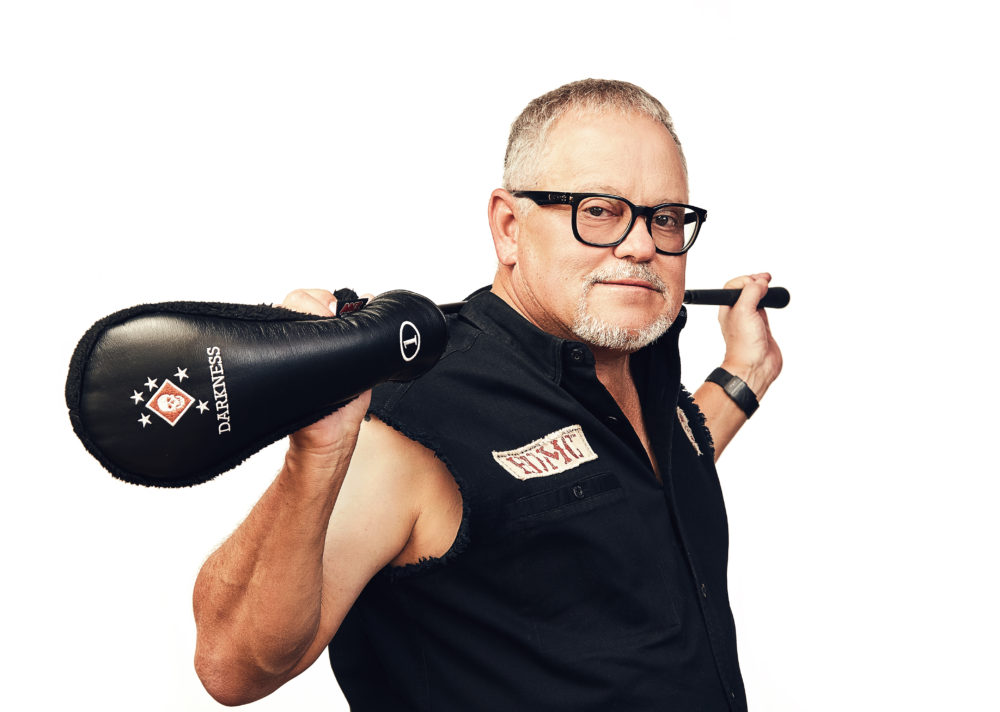


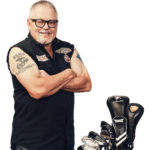

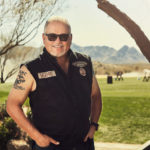
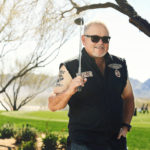




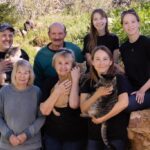
Comments by Admin